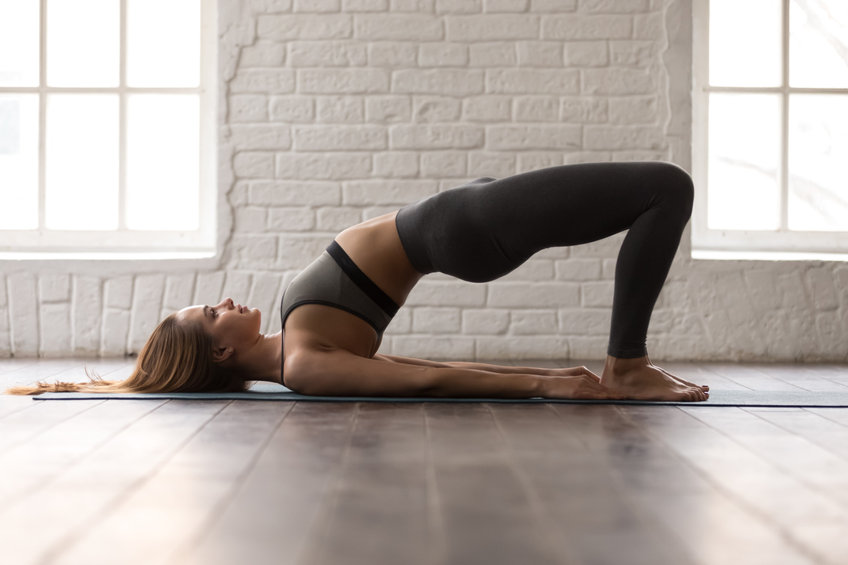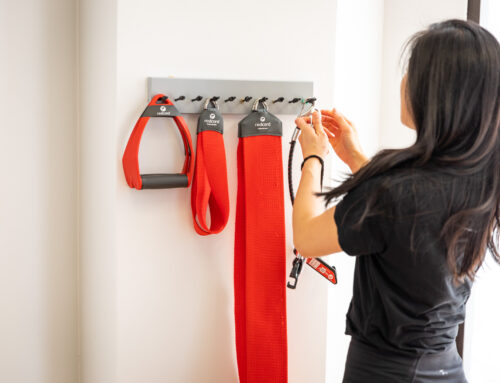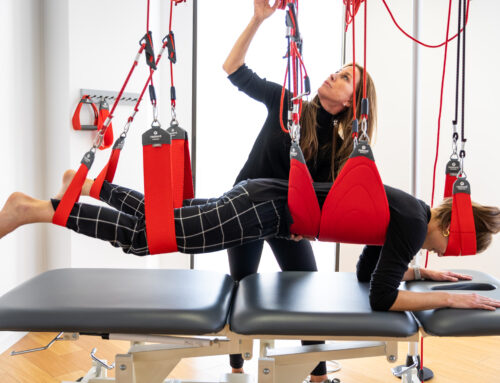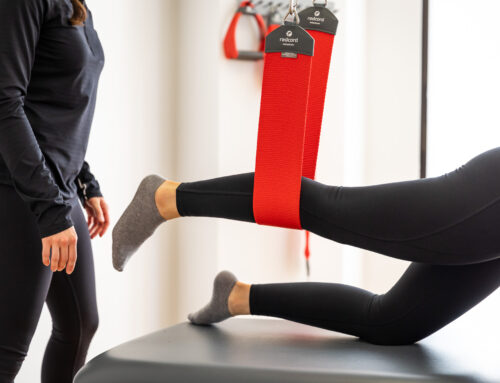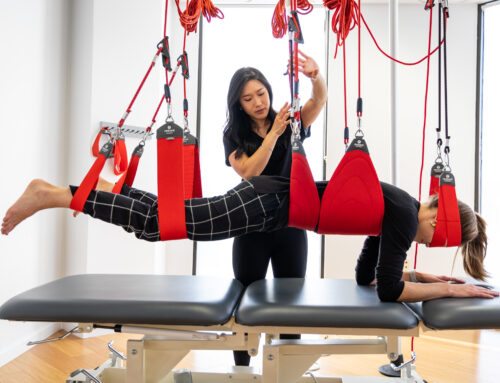Purpose: To date, core muscle activity detected using ultrasonography during prone bridge exercises has not been reported. Here we investigated the effects of core muscle thickness and balance on sling exercise efficacy by shoulder joint angle in healthy individuals.
Subjects and Methods: Forty-three healthy university students were enrolled in this study.
Ultrasonography thickness of external oblique, internal oblique, and transversus abdominis during sling workouts was investigated. Muscle thickness was measured on ultrasonography imaging before and after the experiment. Dynamic balance was tested using a functional reaching test. Static balance was tested using a Tetrax Interactive Balance System.
Results: Different muscle thicknesses were observed during the prone bridge exercise with the shoulder flexed at 60°, 90° or 120°. Shoulder flexion at 60° and 90° in the prone bridge exercise with a sling generated the greatest thickness of most transversus abdominis muscles. Shoulder flexion at 120° in the prone bridge exercise with a sling generated the greatest thickness of most external oblique muscles.
Conclusion: The results suggest that the prone bridge exercise with shoulder joint angle is an effective method of increasing global and local muscle strength.
Key words: Core muscles, Bridge exercise, Ultrasonography

